Tumbleweeds (1925 film)
7 /10 1 Votes
Duration Country United States | 7/10 IMDb | |||||||||||||||||||||||||||||||||
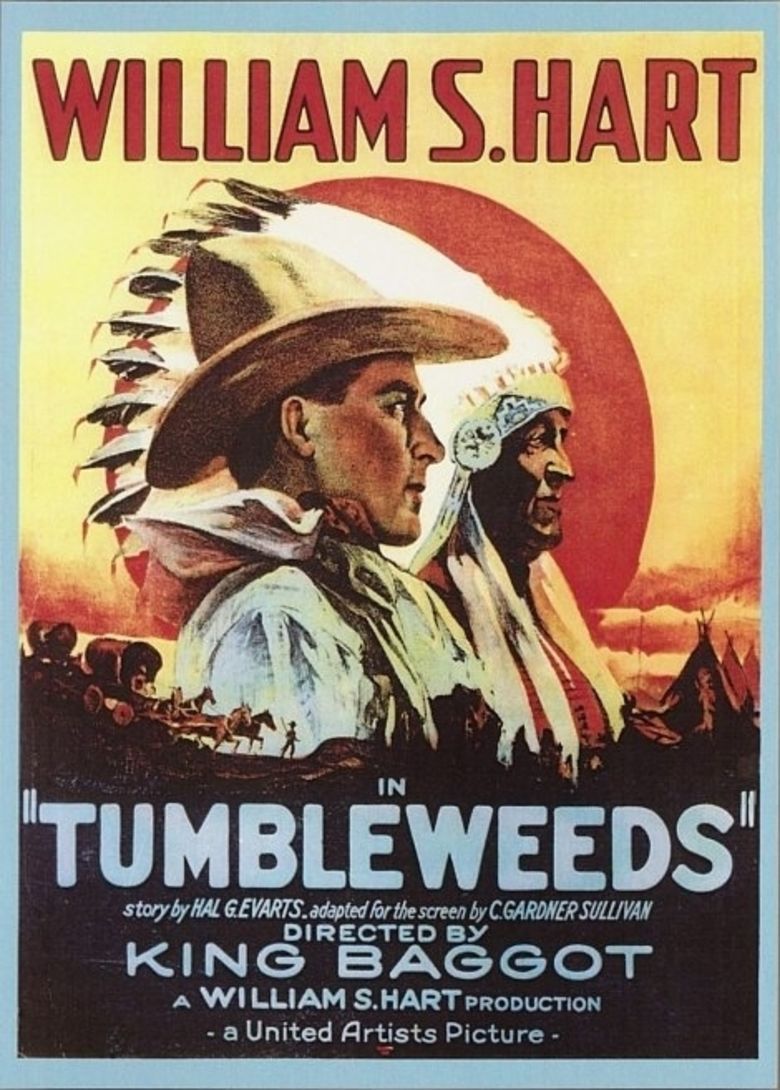 | ||||||||||||||||||||||||||||||||||
Language Silent (English intertitles) Writer Hal G. Evarts , C. Gardner Sullivan Release date December 20, 1925 (1925-12-20) Directors William S. Hart, King Baggot Music director William P. Perry, Artur Guttmann, James C. Bradford Story by Hal G. Evarts, C. Gardner Sullivan Cast William S Hart (Don Carver), (Molly Lassiter), (Kentucky Rose), (Widow Riley), (Bill Freel)Similar movies Cimarron (1931) | ||||||||||||||||||||||||||||||||||
Tumbleweeds 1925 william s hart barbara bedford lucien littlefield
Tumbleweeds is a 1925 American Western film starring and produced by William S. Hart. It depicts the Cherokee Strip land rush of 1893. The film is said to have influenced the Oscar-winning 1931 Western Cimarron, which also depicts the land rush. The 1939 Astor Pictures' re-release of Tumbleweeds includes an 8-minute introduction by the then 75-year-old Hart as he talks about his career and the "glories of the old west." Tumbleweeds was Hart's last movie.
Contents
- Tumbleweeds 1925 william s hart barbara bedford lucien littlefield
- Tumbleweeds 1925 william s hart barbara bedford
- Background
- Plot
- Cast
- Contemporary reviews
- Modern reception
- Harts last movie
- Revival
- Home media
- References
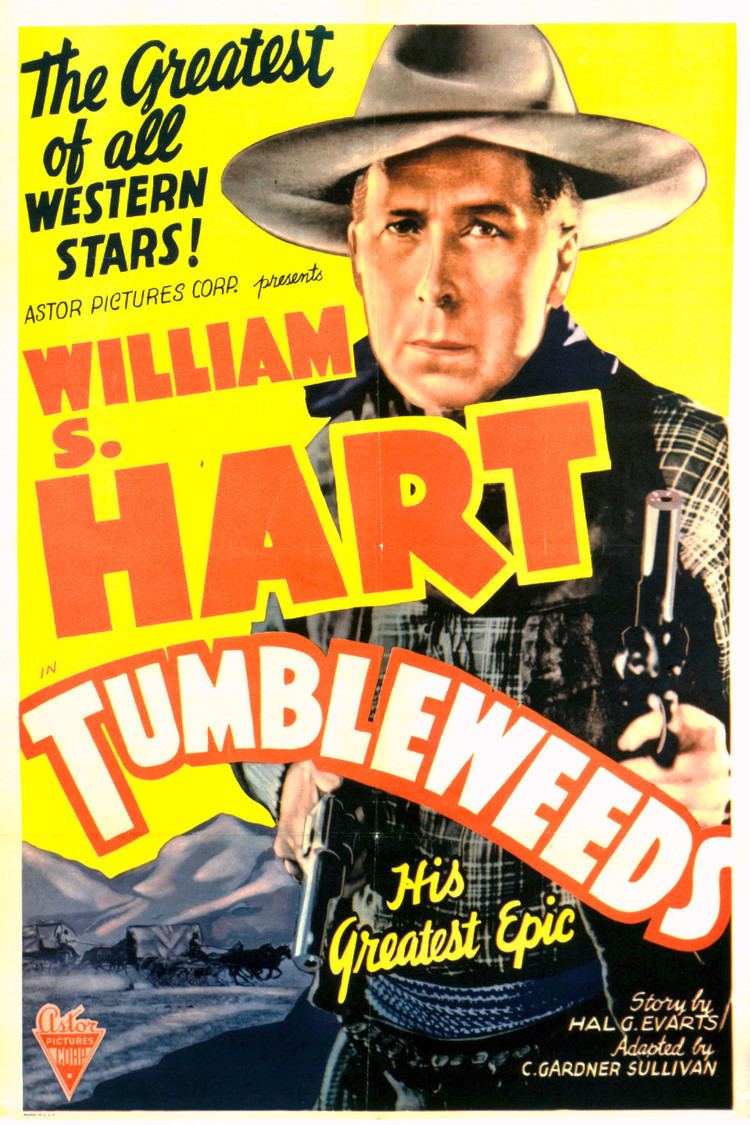
Tumbleweeds 1925 william s hart barbara bedford
Background
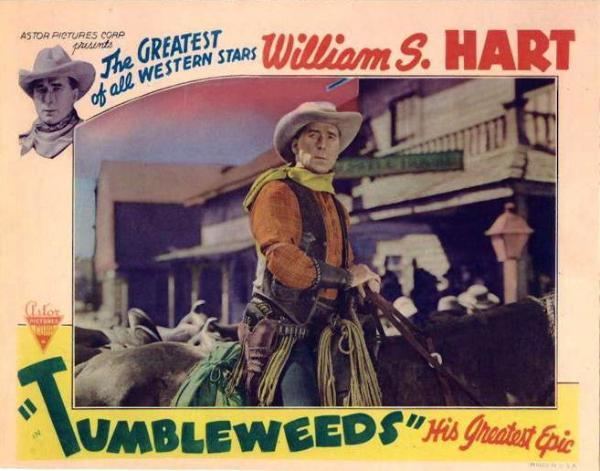
In the Cherokee Strip of Oklahoma during the 1880s and early 1890s, the government lands that were leased to cattlemen were opened to settlement by homesteaders. To allow a fair chance for everyone, the prospective homesteaders were required to register and registrants were prohibited from entering into the Strip before the appointed time. Those who tried to get there beforehand were called "Sooners". Hence the nickname of Oklahoma is the Sooner State. When a cannon shot signaled the start of the land rush, a hundred thousand men and women tried to stake their claims.
Plot
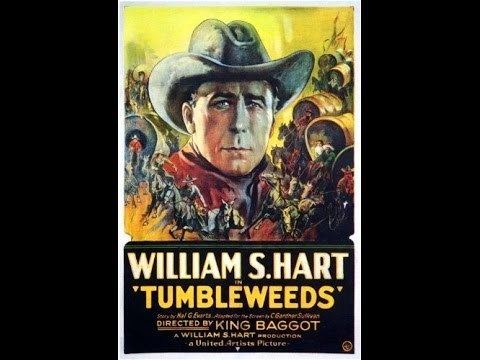
Set in Caldwell, Kansas on the Kansas-Oklahoma border, the movie features cowboy Don Carver (Hart) as a "tumbleweed" (i.e., a drifter) who decides to settle down after falling in love with Molly Lassiter (Barbara Bedford). Carver decides to get in on the Cherokee Strip land rush but when he's arrested and parted from his new love, he's in danger of missing the big race. Lucien Littlefield plays a strong supporting role in the movie as Hart's comic sidekick and best friend.
Cast

Contemporary reviews
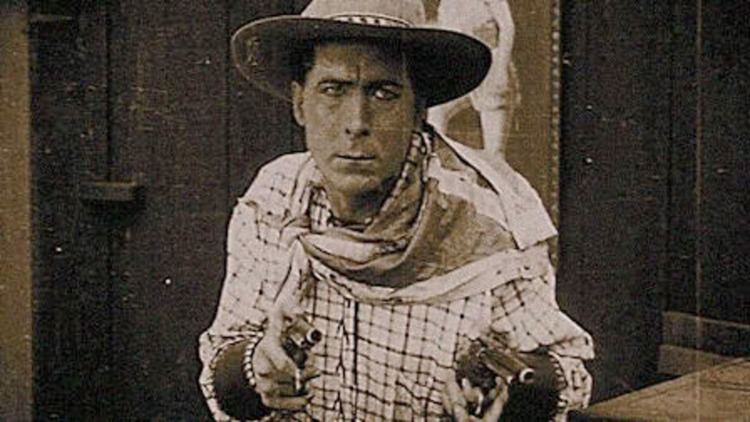
Reviews at the time of its release praised Tumbleweeds as good entertainment. The New York Times reviewed the film in 1925 and wrote that Hart's performance emphasized "righteousness, his mental dexterity and physical prowess" in the role of Carver. "Although much of Don Carver's accuracy in shooting and his turning up at the psychological moment is nothing but the camera's good work, ... Mr. Carver, impersonated by Mr. Hart, frequently won applause from the audience yesterday afternoon."
A 1926 review of Tumbleweeds in Photoplay Magazine says "Bill Hart returns to the screen in a story laid in the time when the Indian territory was turned over to the homesteaders. The scene in which the prospective land owners, waiting for the cannon's boom which would send them racing in to stake their claims, furnished a brand new thrill...It is good entertainment."
Modern reception
Modern reviews of Tumbleweeds have lauded it as the high point of Hart's career and as a seminal film of the silent era that was unique for its era in its depiction of Indians and black Americans. Gary Johnson in Images Journal said that although Tumbleweeds was only a mild box-office success, it is arguably Hart's finest film. "The movie's most impressive sequence remains the land rush", wrote Johnson. "All manners of vehicles -- covered wagons, surreys, stagecoaches, even a large-wheeled bicycle -- bounce over the prairie in the mad rush to claim land. Other films would attempt to recreate the Oklahoma land rush -- such as Cimarron, which won the Best Picture Academy Award in 1931 -- but Tumbleweeds remains the best example."
John Nesbitt wrote that Hart went out on a high note with Tumbleweeds. "Tumbleweeds stands up remarkably well, and most film devotees will find it among the more interesting and entertaining melodramas of the silent era", wrote Nesbitt. Tammy Stone wrote that Hart was to Westerns what Chaplin was to comedy and that Hart managed to "both stay in the game and go out with a bang" in his last film Tumbleweeds. Hart's "last film is widely considered to be his masterpiece, and also one of the seminal films of the silent era", she added. Michael W. Phillips Jr. wrote in 2007 that the movie was unique in movies of the era because it included Native Americans who weren't faceless villains but Hart's friends and included African Americans among the boomers of 1889. " Today, the film holds a 100% approval rating on Rotten Tomatoes.
Hart's last movie
Tumbleweeds was Hart's last movie. In 1939, Astor Pictures re-released the film and provided an eight-minute introduction that would be Hart's last appearance on film. In this introduction, he states:
My friends, I loved the art of making motion pictures. It is as the breath of life to me ... the rush of the wind that cuts your face, the pounding hooves of the pursuing posse, and then the clouds of dust! Through the cloud of dust comes the faint voice of the director, "Now, Bill, OK! Glad you made it! Great stuff, Bill, great stuff! And, say, Bill! Give old Fritz a pat on the nose for me, will ya?" The saddle is empty, the boys up ahead are calling, they're waiting for you and me to help drive this last great round-up into eternity."
Hart retired to his ranch in Newhall, California and although producers continued to offer him roles in sound films, he refused to return to the screen.
Revival
On September 14, 2007, Dennis James, a silent film musician, performed a score to Tumbleweeds in a live performance at the Poncan Theatre in Ponca City, Oklahoma as a special commission as part of a celebration of the one-hundredth anniversary of Oklahoma statehood.
Home media
On August 25, 2009, Alpha Video released the Astor Pictures' 1939 version of Tumbleweeds on Region 0 DVD.
References
Tumbleweeds (1925 film) WikipediaTumbleweeds (1925 film) IMDb Tumbleweeds (1925 film) themoviedb.org
